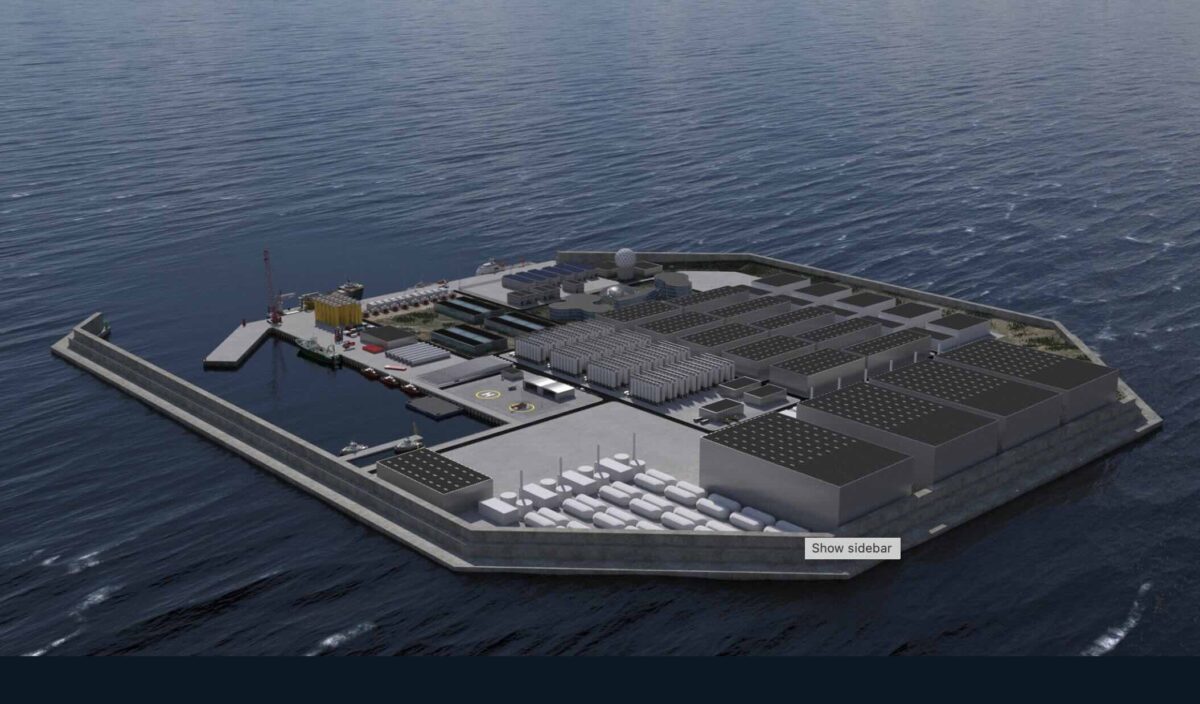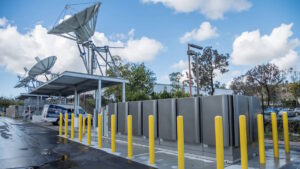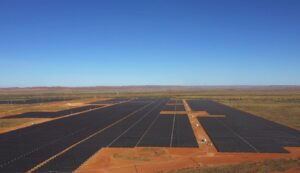Building “energy islands” in the North Sea to produce green hydrogen using 20 gigawatts of offshore wind power can save Germany billions of euros, according to a report by the Fraunhofer Institute for Energy Economics and Energy System Technology (Fraunhofer IEE).
“Germany can achieve annual savings of up to €4.3 billion ($A6.4 billion) by establishing offshore hydrogen production on two energy islands,” the Fraunhofer report says.
It says these islands would be connected to 10 gigawatts offshore capacity each, located around 150 kilometres from shore with a limited connection to the power grid. The report was commissioned by Copenhagen Energy Islands, a company dedicated to the development of such energy islands.
The cost advantages are in comparison to a scenario whereby all the offshore wind electricity is fed into the mainland power grid for the hydrogen production.
“The savings are primarily driven by reduced grid buildout costs, especially cables from the coastline to the centre of Germany,” as well as higher utilisation of high voltage direct current (HVDC) cables, the report said, adding that producing hydrogen offshore is more efficient than onshore because of lower energy losses and less grid buildout requirements.
The report looked at the construction of islands that are connected to the mainland only via a hydrogen pipeline and a scenario that added a limited grid connection.
The researchers found that adding a limited grid connection to other offshore wind farms’ converter platforms brings cost benefits because “in times of low offshore wind and high solar PV generation, connecting the [offshore energy islands] on the electricity side can make it possible to convert the surplus solar PV electricity into hydrogen.”
At times of low renewable supply and high electricity prices, offshore electricity can be fed into the grid. “This increases flexibility of the overall energy system, creating positive system effects,” Fraunhofer IEE said.
Germany aims to reach 40 GW of offshore wind power capacity by 2035 and 70 GW by 2045. Germany and Denmark already signed a binding cooperation agreement for a joint offshore windpower project on the Danish Baltic Sea island of Bornholm last year. Both countries also agreed cooperation on the construction of offshore islands in 2020.
Clean Energy Wire. Reproduced with permission.








